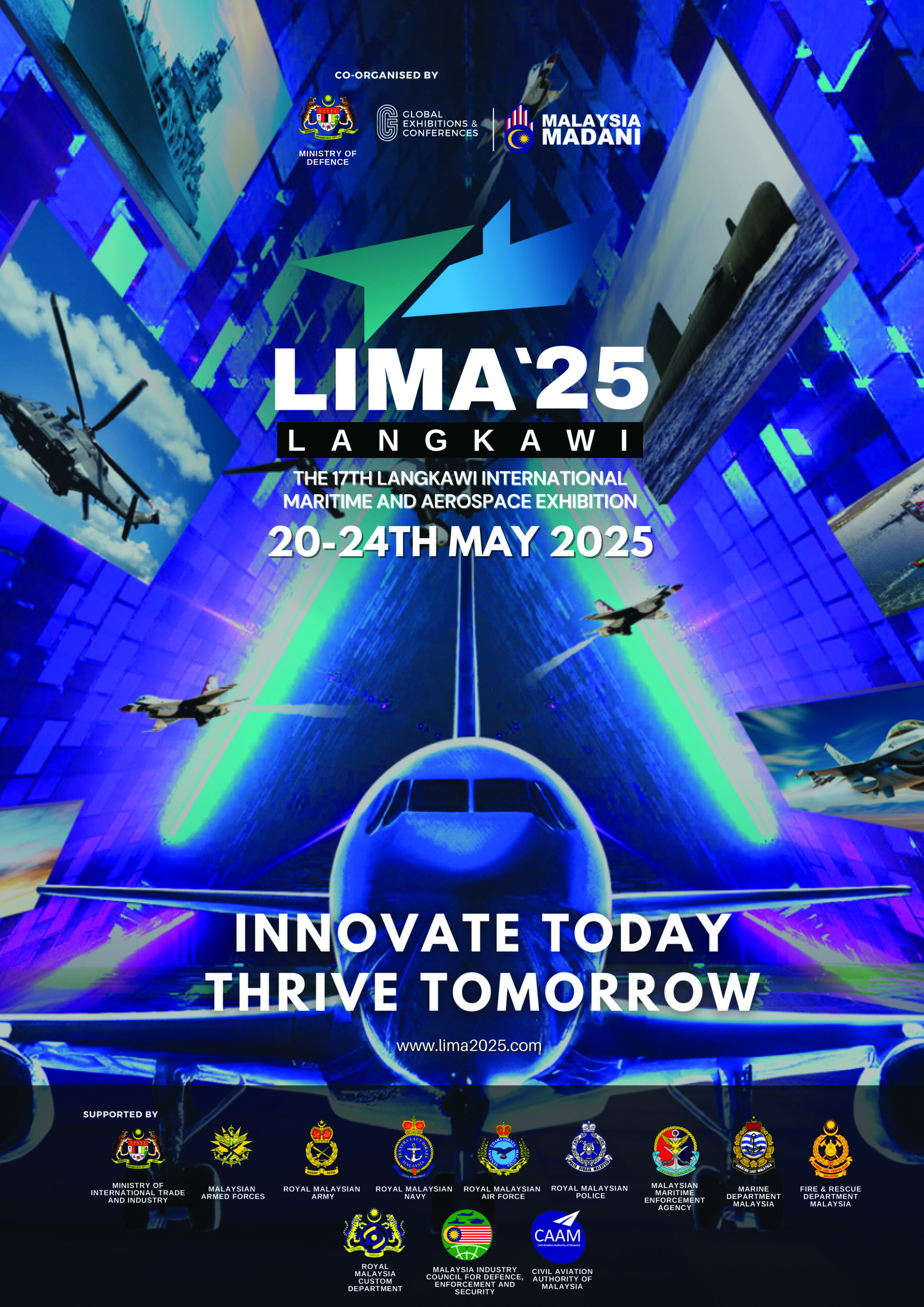
Bengaluru: The Indian Space Research Organisation (ISRO) has unveiled its plans for 2022-23 and among the major ones include three new space science missions besides Gaganyaan and Chandrayaan-3.
In his New Year’s address, ISRO Chairman Dr. K. Sivan looked back at the previous year 2021 and spoke about what lies ahead for the organisation in 2022 and beyond.
On 2021, Dr. Sivan said, “During the previous year, the impact of the lockdowns was still evident and activities had to be carried out while following the COVID guidelines and protocols of the government.”
Also read: DRDO Flight-tests Man Portable Anti-Tank Guided Missile (MPATGM)
He added, “There is a feeling that very little happened in ISRO during 2021. That feeling is primarily due to less number of launches. However, as Chairman, ISRO, I am extremely proud that all of you have made very significant contributions in continuing the operational missions, conceiving many new missions, undertaking many technology development initiatives, and planning for the next decade of space activities.”
“Over and above that, Government of India successfully implemented the space sector reforms to expand the space sector within India. ISRO’s more than five decades of hard work in growing the space activities in India has brought the nation to an inflexion point, wherein we can leap-frog into a glorious future. This is intended to ensure that India retains its leadership and meaningful position in the global space
Industry.”
Also read: Advanced Sea-to-Sea Variant of BrahMos Successfully Test-fired
On the failed GSLV F10 mission in 2021, Dr. Sivan elaborated, “Last year, we had two missions in which one was a dedicated commercial mission by NSIL. GSLV FlO mission failed due to cryogenic stage anomaly. A national level failure analysis committee was constituted for the same and the committee has identified the root cause and given its recommendations. Necessary design changes are being incorporated to improve the robustness of concerned systems.”
The ISRO Chairman revealed plans of three new space science missions – DISHA, Venus mission and ISROCNES.
“I am extremely glad to inform you that three new space science missions are in the pipeline namely, DISHA, a twin aeronomy satellite mission, Venus mission and ISROCNES joint science mission TRISHNA. TRISHNA mission is meant for accurate mapping of land surface temperatures. This mission will be the benchmark for providing temperature data at best resolution and repeatability even globally,” he said.
Dr. Sivan also gave an update on India’s first manned mission to space – Gaganyaan, and said there is a directive to launch it before the 75th anniversary of India’s independence (15 August 2022).
“India’s flagship GAGANYAAN project has completed the design phase and has entered into the testing phase. Tests are in progress for human rated Ll 10 Vikas engine, Cryogenic stage, Crew escape system motors and service module propulsion system. S200 motor has been realised for ground test too. Main parachute drop test has also commenced. Astronauts have completed the generic spaceflight training abroad. The Indian leg of mission specific training has also commenced,” he said.
“A comprehensive training plan has been worked out and state-of-the art accommodation cum training facility has been established for the same. There is a directive to launch the first unmanned mission before 75th anniversary of India’s independence and all the stake-holders are putting their best effort to meet the schedule. I am sure that we will be able to meet this target,” he added.
Dr. Sivan said Chandrayaan-3 could be launched by the middle of 2023, and also highlighted India’s achievements in the communication domain.
“In the communication domain, 17 communication satellites are providing 292.5 transponders and 25 GBPS of high throughput capacity. CMS-01 satellite has replaced GSAT-12 which was approaching the end of planned mission life. ISRO’s science missions are hugely exciting and motivating for the youth. ISRO has carved its own niche position in this domain even globally,” he said.
“Our Chandrayaan-2, Mars Orbiter Mission and Astrosat are operational and has resulted in hundreds of prestigious peer reviewed journal publications. The hardware in loop test of Aditya Ll spacecraft is completed, accommodation studies for XpoSat in SSLV are completed and ISRO has delivered the S band SAR payload to NASA for NISAR mission. Chandrayaan-3 design changes incorporating and testing has seen huge progress. The mission could be launched by middle of next year,” he added.
On space sector reforms, he explained, “Now coming to the most important Space Sector Reforms. As you are aware that GoI (Government of India) has already approved the same for expanding the footprint of Space industry not only within India but also globally. Towards this many policies have been revised after due process to accommodate the reforms. They are Space Based Communication Policy, Remote Sensing Policy and Technology Transfer Framework.”
He continued, “Many new policies are also in the pipeline and will be approved as per due process. The impact of space sector reforms is already becoming visible. IN-SPACe, the nodal agency for promotion of space based activities is formed and its Chairman is appointed. NSIL which is space sector CPSE has already started working on its expanded mandate of being a manufacturer and operator of space systems on demand based model.
Dr. K. Sivan’s complete New Year 2022 message can be seen here.

















